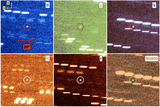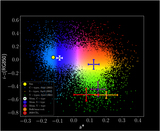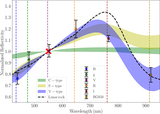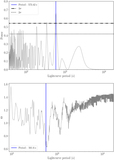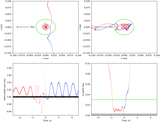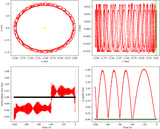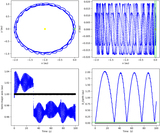Image Details
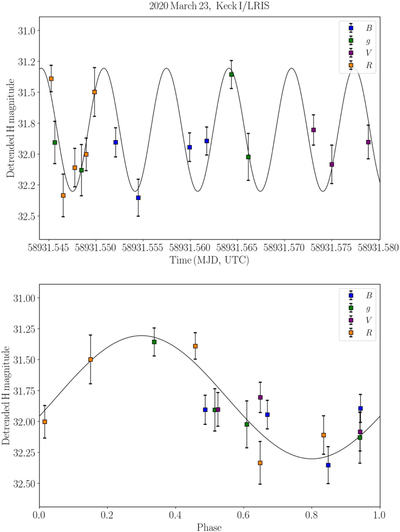
Caption: Figure 4.
Top panel: detrended H-magnitude light curve from 2020 March 23 UTC Keck I/LRIS B, g, V, and R observations of 2020 CD3 using a 0.″81 radius aperture. The error bars on the data points are equal to their 1σ photometric uncertainties. The data have been detrended, and points affected by trailed background stars have been removed. The data points are color-coded by their filters. Bottom panel: phased 2020 March 23 UTC Keck I/LRIS observations corresponding to a single-peak light-curve period of 573.4 s.
Copyright and Terms & Conditions
© 2020. The American Astronomical Society. All rights reserved.


